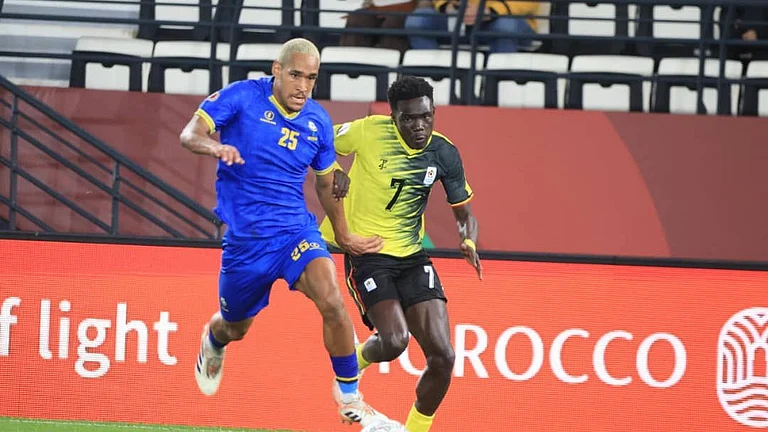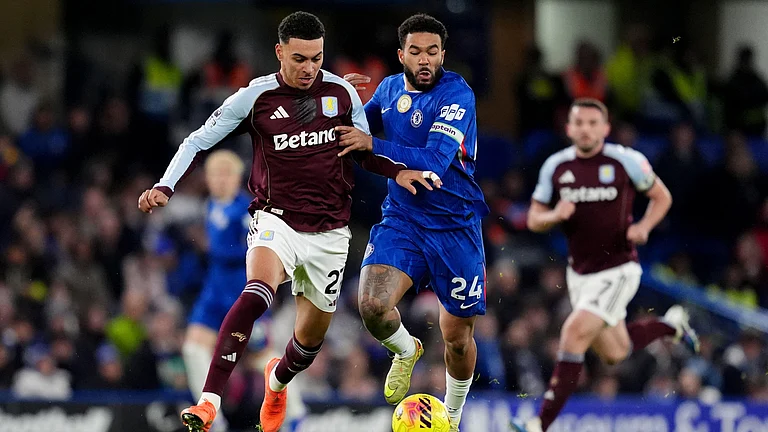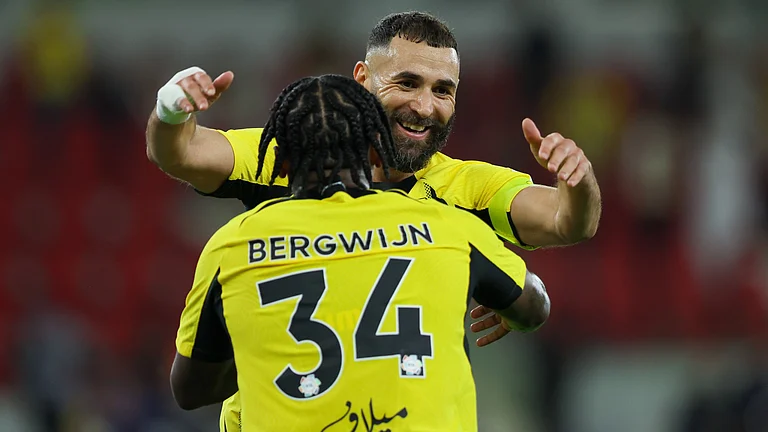A Fillip For Healthcare
- Rs 5 lakh health insurance cover for 10.47 crore families
- Secondary & tertiary hospital care for 40 per cent of the population
- Government and private hospitals to be empanelled
- Pre-fixed procedure rates to protect poor
- PMO keen on below Rs 1,000 premium
***
This Independence Day, the government promises deliverance from one of the biggest problems plaguing India’s poor: money to pay their medical bills. But many say the date to roll out Modicare—the catchier alias for Ayushman Bharat Mission, or National Health Protection Scheme—is chosen carefully to calibrate it with next year’s national elections. The signature initiative can be purposed to woo a large catchment of voters, many of whom struggle with rising medical costs and a crumbling public healthcare system.
The programme was announced in the Union Budget of 2018-19 to provide about 500 million people, mostly the poor living in the countryside, with health cover of Rs 5 lakh a year for free treatment of serious illnesses. The Narendra Modi government vowed to make healthcare affordable. Applause followed, as did criticism. The questions resurfaced days before the formal launch of Ayushman Bharat, which loosely means “an India blessed with a long life”.
Is this not a repurposed second innings of the UPA-era Rashtriya Swasthya Bima Yojana (RSBY) that sought to provide free healthcare to families ‘below the poverty line’, or BPL, through a network of empanelled hospitals, mostly in small towns? The RSBY had an insurance cover of Rs 30,000 and pre-fixed rates for various procedures. But it got muddled in a series of frauds, undermining its foundation and purpose. So, how different is Modicare from Manmohancare?
Very different and much more aspiring, says Vinod Kumar Paul, a member in Niti Aayog’s health wing. “The RSBY was quite BPL-focused. It had coverage up to Rs 30,000 and some additional old-age cover was added later. We are offering Rs 5 lakh and targeting 40 per cent of the population based on the Socio Economic Caste Census,” he says.
He goes on to draw a long list. The Congress-led UPA’s scheme was for secondary care, but Modicare includes tertiary care as well. The previous effort was insurance-driven, while the new one provides states with a choice to add services and beneficiaries. There will be no smart card. All that a patient is required to do is provide the Aadhaar biometric identification or any other ID to get treatment.
“The RSBY will be subsumed into this second-generation scheme. It will be the way forward, providing health cover for the deprived and vulnerable population in rural and urban areas,” Paul says.
Pilot schemes are in progress; awareness campaigns are on in villages; and a drive is on to identify beneficiaries and hospitals to be empanelled. Ahead of the formal launch, the prime minister’s office (PMO) is drafting a signed letter from Modi for over 100 million poor households. It will explain the benefits of Modicare. The envelope will contain a health insurance scheme card as well.
Odisha has opted out but 24 states have signed up for the scheme, while negotiations are on with the rest, informs Paul. “Kerala, Maharashtra and Rajasthan are yet to sign. They sought more clarity. They have to set up resources to contribute to the programme. They have their own health schemes,” says the member from the government thinktank.
Healthcare reform is a tricky subject in a country that faces a shortage of doctors and hospitals, where gaining admission to a top medical facility is akin to winning a lottery. Ravi Wankhedhkar, the national president of the Indian Medical Association, is unhappy with several criteria in the new scheme, including hospital empanelment. He argues that nursing homes and hospitals with even five beds were empanelled under the RSBY, but this is not going to be the case now. That, he says, will deprive patients of accessing treatment without delay, as an empanelled hospital may be far away. The IMA members are not happy over the government fixing rates for various procedures, without consulting them. They alleged that the new rates are 20 per cent less than the CGHS or RSBY.
“This scheme does not address the shortcomings in the RSBY, which is why even BJP-ruled states unofficially admit their reservations,” says Wankhedhkar. “Many state schemes are better; besides, they cover a larger population. For example, BJP-ruled Maharashtra has not signed up, though it quit the RSBY programme five years ago. West Bengal and Delhi are also dragging their feet. Basically, we are building up on a messed-up programme without addressing the rot in the system.”
Paul defends the rates as reasonable—“little less somewhere, little more in some places”. The scheme envisages empanelment of all government hospitals, district and above. The government is banking on the insurance payout to help public hospitals earn revenue and utilise funds for infrastructure. With the raised insurance cap, government hospitals are expected to be earning more now. That remains to be seen, as the dilapidated condition of government hospitals may continue to drive patients to private facilities, which account for nearly 70 per cent of the healthcare delivery in the country.
Abhay Shukla, the national convenor of Jan Swasthya Abhiyan, wonders why the government is banking on the commercial insurance model despite knowing well that “companies have ripped the government” in healthcare schemes. “If you want to strengthen public hospitals you need to put in place a robust public mechanism or a public body that will give funds on the basis of performance. In effect, make it more accountable. Why bring in insurance companies and create a field for profiteering?” he asks.
The premium to be paid for the family health cover is another thorny point. Even public sector insurance companies are not in accord with the PMO over the suggestion that the premium be below Rs 1,000. The insurers want at least Rs 1,250 for the scheme to be viable and sustainable, says Vijay Sharma, the president of the National Confederation of General insurance Officers Association. “We are concerned about the outgo of our company. If we get adequate rates, there should be no problem. In spite of the inadequacy of the rate, as a public sector company we are ready for it.”
Neeraj Nagpal, convenor and managing trustee of the Chandigarh-based Medicos Legal Action Group, is certain that the offered rates—for premium and healthcare packages—will lead to one of the biggest scams in healthcare. “Basically, you are encouraging hospitals to do unethical work such as fraudulent billing. The insurance model for healthcare is not robust. In this case, it seems targeted to benefit big private and corporate hospitals and the insurance companies and not the patients,” he says.
The concerns voiced by healthcare practitioners does not seem exaggerated considering how the government, and even courts, have been unable to check fraudulent practices by private and corporate hospitals. Moving ahead without plugging the holes may help the government win the favour of the poor, but it does not promise good healthcare for the vulnerable millions.
By Lola Nayar with Bhavna Vij-Aurora


























